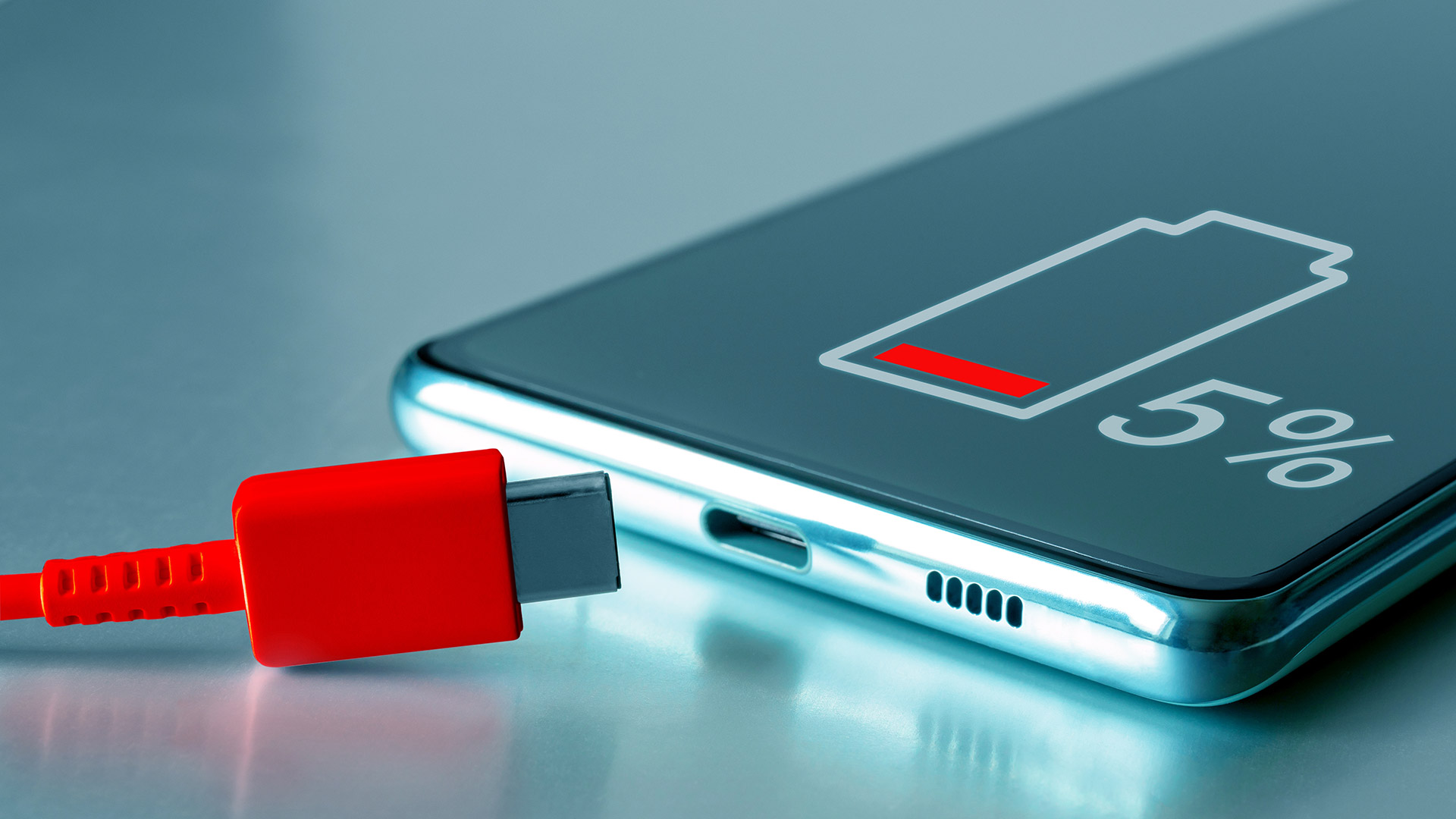Maintaining and improving the health of your Android battery is important to ensure that your device functions properly in the long term. Here is a complete guide on how to check and improve Android battery health:
1. Use the built-in power consumption tools to monitor how much power your apps are using. You can find this tool in the settings of your Android device. For full details, go to Settings > Battery > Battery Usage. This knowledge can help you find apps that are consuming too much battery power and uninstall them.
2. Make the battery work better
Prevent apps from running in the background: Some apps continue to use battery power while running in the background. Go to Settings > Apps & notifications > App info, select an app, then look for the Battery > Background restrictions option. This prevents non-essential apps from running in the background.
Enable battery optimization: Make sure apps consume less power when they’re not running. This feature allows Android to tell apps to use less battery when not in use. You can do this by going to Settings > Apps & notifications > Advanced > Special app access > Battery optimization.
3. Use energy saving mode
Battery Saver Mode: To extend battery life, most Android devices have a battery saver mode that slows or stops background syncing, dims the screen, and limits app activity. To enable this mode, go to Settings > Battery > Battery Saver.
Ultra Power Saving Mode: Use Ultra Power Saving Mode (available on some devices) when you want to get the most out of your battery life. In this mode, only calls, texts and certain selected apps can be made.
4. Change the display settings
Lower screen brightness: To extend battery life, lower the screen brightness or set it to change automatically based on ambient light. This can usually be found under Settings > Display.
Reduce screen timeout: Make the screen turn off faster when not in use. This setting can be changed via Settings > Display > Screen timeout.
5. Manage your connection options
Turn off unnecessary connections: Hardware radios such as GPS, Wi-Fi, and Bluetooth should be turned off when not in use. You can quickly disable these features by swiping down from the top of the screen.
Use Airplane Mode: If you are in an area with poor cell phone coverage, you can enable Airplane Mode so that your device isn’t constantly searching for a signal, which can quickly drain the battery.
6. Keep your devices up to date
System updates: Make sure the software on your Android device is always up to date. Updates often include improvements to the way the battery works. Go to Settings > System > Advanced > System Update to see if there are any changes.
7. Install the battery
Sometimes calibrate: If you notice that the battery indicator is not correct (for example, the percentage drops quickly), you should charge and test the battery. Discharge it all the way to 0% and then charge it all the way to 100%.
8. Consider battery health apps
Apps from third-party sources: Apps like AccuBattery can give you a wealth of information about the status of your battery, how quickly it drains, and general usage patterns. These apps allow you to monitor the status of your battery.
9. Ensure the right temperature
Stay away from extreme temperatures: Extreme heat and cold can damage battery performance. If possible, try to use and charge your device at room temperature.
